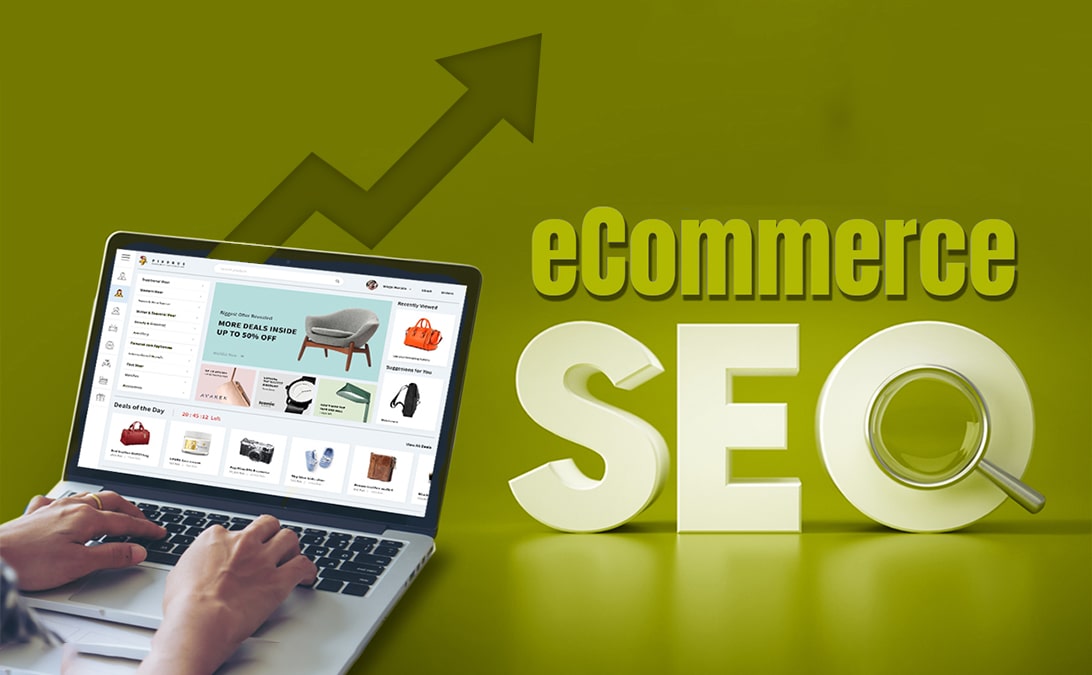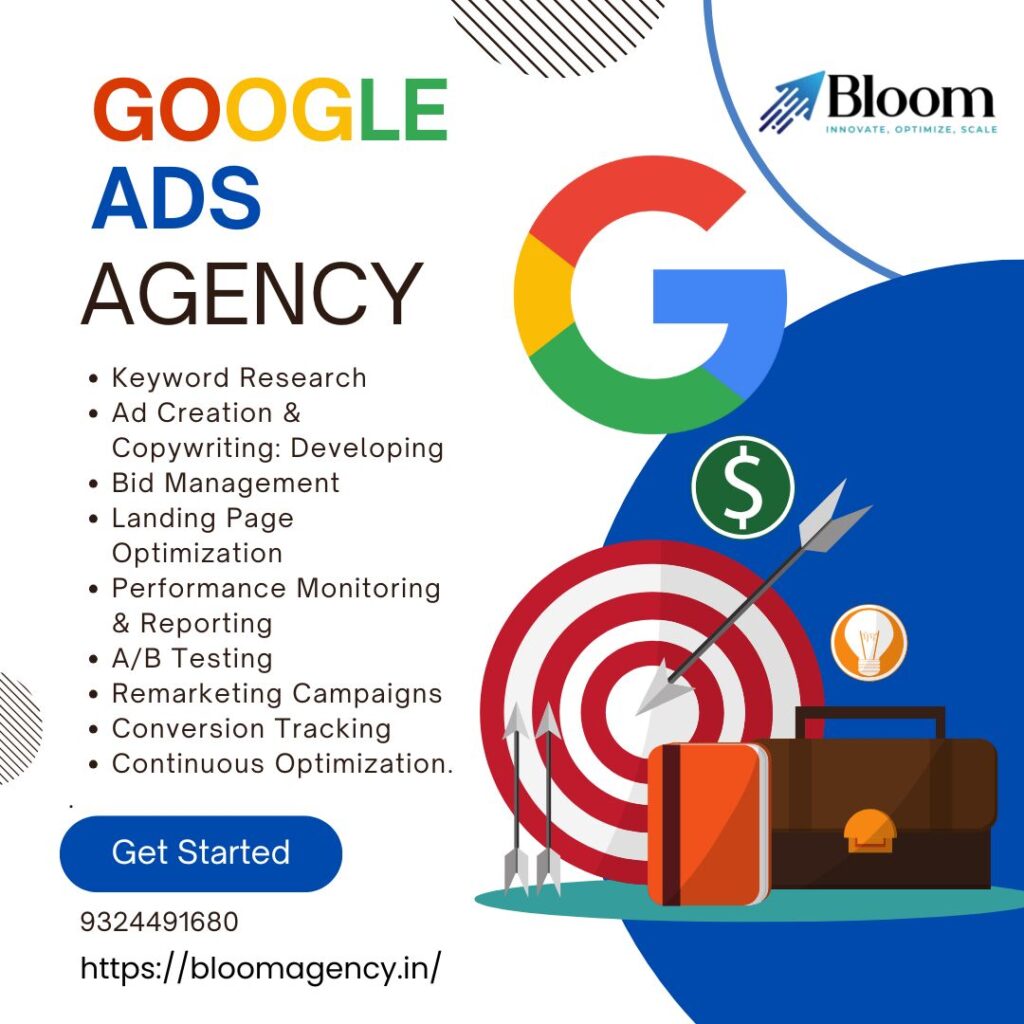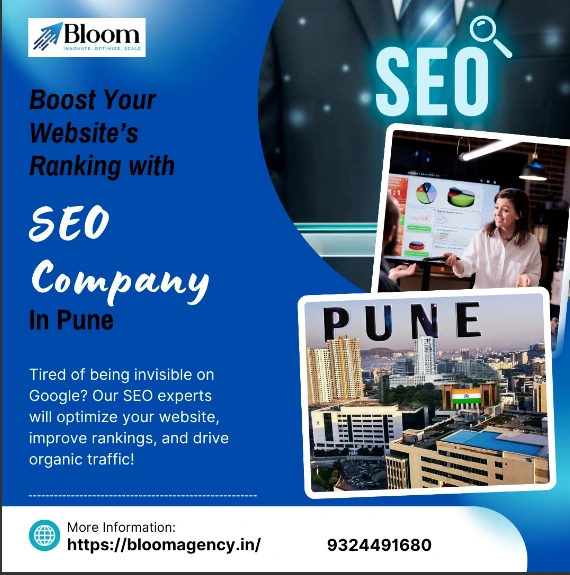Table of Contents
ToggleIntroduction: Why eCommerce SEO Makes Online Success Happen
The digital-first age, and all online store businesses share one thing — visibility. Consumers are comparing, browsing, and buying faster than ever before, and only companies that appear on the first page of the search engines stand a chance to get noticed. That is where eCommerce SEO enters the picture. It’s not only ranking higher but being optimized to what real buyers are searching for in your shop. Optimized, firms can drive search visibility into measurable sales boosts.
Essentially, this process reduces to uniting intent and relevance. Instead of random traffic, businesses are creating targeted traffic — individuals who already desire their goods. For eCommerce businesses, this specificity becomes higher click-through, improved conversion, and improved long-term ROI.
An expert eCommerce SEO agency ensures that this optimization is strategic, data-driven, and aligned with your brand’s goals — delivering sustained growth and visibility across digital platforms.
Learning the Fundamentals of Optimizing Web Shops
A well-configured web shop is not just a string of product pages. It’s a well-organized virtual venue that must keep customers interested and allow them to make quick, informed purchasing decisions.
Some of the most critical are:
-
Crawlable site structure: Search engines can easily crawl and scan all products.
-
Optimized metadata: Correctly tagging descriptive title and meta description tags with product value.
-
Clean URLs: Utilizing human-friendly and keyword-rich URLs that are better for humans and spiders as well.
-
Mobile responsiveness: Providing a smooth shopping experience on any medium.
-
Speed of loading: A fast loading website reduces bounce rate and enhances engagement.
All these technical as well as structural aspects form the building blocks upon which your overall growth value of your SEO strategy hinges.
The Role of eCommerce SEO in Customer Acquisition
With the age of competitive online retailing, it is becoming increasingly expensive to acquire new customers. Pay-per-click marketing will drive temporary traffic, but it can get out of hand very fast. eCommerce SEO, on the other hand, builds long-term equity. Investing in optimization gives brands good, high-intent traffic without having to pay for every click constantly.
The actual strength of the approach is its compounding nature. The more optimized your site gets — from content to site structure — the more authority it earns. That authority, over time, manifests as long-term organic traffic and improved conversion potential.
Picture it as creating digital equity. Each keyword-optimized product description, each internal link, and each schema markup contributes to your brand’s credibility within search algorithms.
How Content Affects Visibility and Conversion
Content holds it all together in optimization. It is not product feed; it’s consumer need-based narrative.
Good eCommerce SEO content tactics are:
-
Long-form, keyworded product descriptions answering customer questions.
-
Quality blog content pointing to buyer pain points.
-
Visual content (video, image, infographics) influencing engagement and retention.
-
Review space adding credibility and authenticity.
When combined with an SEO strategy, this type of content attracts the search engine as well as the shopper. Solidly constructed content structure turns browsers into buyers and makes your company an industry leader in your market.
Technical Accuracy: The Pillar of Search Performance
All high-performing product pages are fueled by technical optimization that is exact. The highest-performing eCommerce SEO websites are based on clean code, database-scrubbed data, and simple navigation to guide bots and humans similarly.
The most critical technical items to optimize are:
-
Schema markup: Allows search engines to display enriched snippets like price and rating.
-
Canonical tags: Prevents duplicate content issues that are present with large catalogs.
-
XML sitemaps: Ensures all required pages get indexed properly.
-
HTTPS security: Builds trust and secures customer data.
Without that foundation, even the most well-crafted keyword plan won’t function to its fullest potential. Technical accuracy enables search engines to understand and reward the relevance of your site to the fullest extent.
User Experience: The Rankings’ Secret
Modern search engines punish user dissatisfaction. Secondary measures of website quality include bounce rate, page interaction, and time on page. A speedy and easily used shop looking coherent will beat badly used sites.
To maximize user experience:
-
Simplify product filtering and categorization.
-
Make button call-outs clear on all pages.
-
Simplify the checkout process to avoid cart abandonment.
-
Maintain desktop and mobile view in line with your brand.
By coupling it with eCommerce SEO, an optimized user experience guarantees traffic doesn’t somehow magically appear — it comes and converts.
Analytics and Data-Driven Decision Making
Without optimization, analytics is impossible. Monitoring performance metrics allows companies to know what’s working and where adjustments are needed.
Important KPIs are:
-
Organic traffic growth: Tracks visibility gain.
-
Conversion rate: Alerts on how well visitors are being converted into customers.
-
Average order value: Warns of quality of audiences being drawn to them.
-
Customer acquisition cost: Keeps SEO and paid campaigns in perfect sync.
Periodic audits adjust on-page variables, content types, and backlinking. SEO in an information economy is not a one-time affair — it’s a continuous cycle of learning and fine-tuning.
Closing the Loop Between SEO and Paid and Social Channels
An SEO-friendly eCommerce site is not an island unto itself. When used in conjunction with paid advertising and social marketing, the digital landscape is healthier.
Areas where integration can occur:
-
Using organic keyword insights to craft better ad copy.
-
Retargeting traffic that came in through organic pages.
-
Posting SEO-friendly blog posts to social media for even greater visibility.
By combining organic and paid intelligence, brands are able to segment audiences more effectively and optimize ROI out of all digital channels.
Trends That Will Define the Future
The search landscape online is evolving. Voice search, AI personalization, and visual search are all transforming how consumers engage with eCommerce sites.
To stay at the forefront, brands will need to:
-
Optimize for conversational keywords in order to gear up for voice search behavior.
-
Leverage structured data to be discoverable in AI-powered recommendation engines.
-
Create shoppable video and images that close the intent gap between inspiration and purchase.
The future of SEO will no longer be keyword match-based, but instead be based on tracking human behavior through contextual intelligence and predictive analytics.
Conclusion: Building Long-Term Value through Strategy and Patience
Long-term progress is not made in gimmicks. Real digital success is rooted in constancy, experimentation, and the marriage of strategy and creativity and analytics. With eCommerce SEO, businesses do not just appear in search — they dominate it.
By emphasizing user experience, quality content, and technical well-being, companies are able to turn their websites into conversion machines. The best thing about doing that is the snowball effect — with every product added, every link gained, and every page optimized, energy is added to the foundation for what is yet to come.
With visibility being viability in our times, SEO is the best guaranteed bet to online success in the long run.











Rahul M.
B2B Service Provider